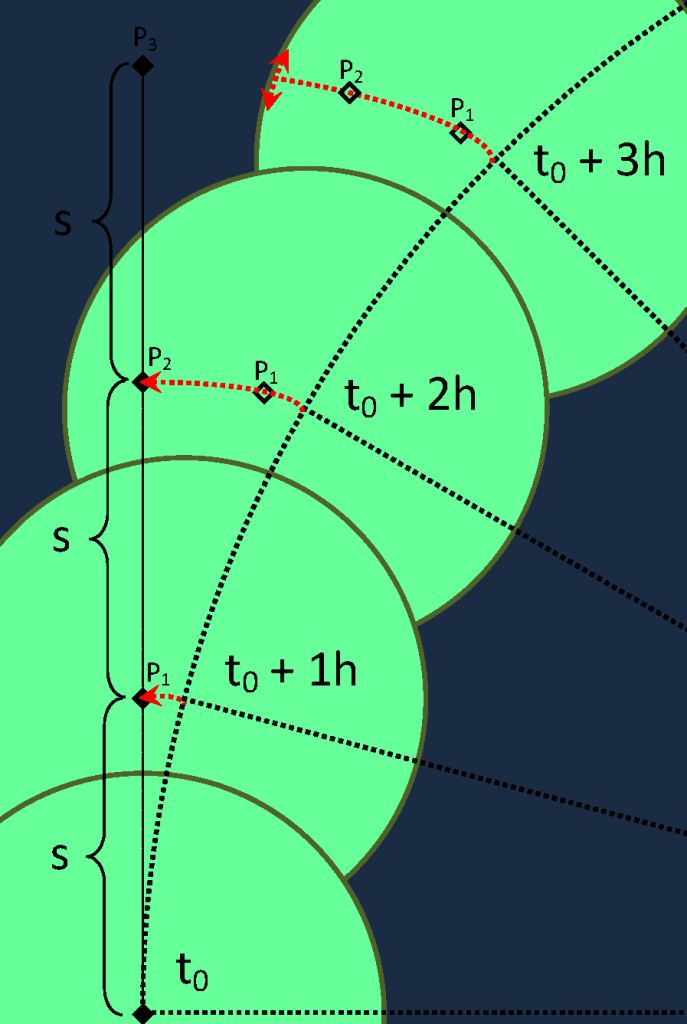| < Soil > |
| For ever and a day, NASA astronaut Russel "Rusty" Schweickart will remain the hero of all space travellers feeling the "call of nature" for his interview given in 1977. Questioned about "how he did it" without gravity, his reply contained the wonderful phrase "there ain't no graceful way", alluding to the humilitating necessity to act for an hour or so in the rather limited space of the Apollo module with a plastic bag attached to the backside (if you read the interview, you will discover that the phrase concerned an even more difficult situation). In the meantime, however, restless ingenuity seems to have solved also this pressing problem. |
| On the ISS, the procedure takes a few minutes in decent privacy, and vacuum suction jumps in for missing gravity. But what is the sinistre fate of these bodily products? They are mixed with desinfectant, sealed tightly, and finally burned up during re-entering the atmosphere. Cruising the empty space for several years with plantages of edible food on board, however, these products will have another value. Instead of destroying them by chemical and physical means, we should confer upon them a more diligent treatment. |
| In the 1980s, Teruo Higa from the University of the Ryukyus in Okinawa, Japan, reported that a combination of approximately 80 different microorganisms was capable of positively influencing decomposing organic matter. Since then, this cocktail, including photosynthetic and lactic acid bacteria and yeast, gains acceptance as effective microorganisms in agriculture and sewage treatment. Convenient temperature and pH provided, they direct metabolic processes away from putrefaction with mass production of foul smelling gases to production of more decent degradation products amenable to reuse by plants. |
| Instead of sealing away and destroying their excrements with all their might, the ISS crew should rather experiment with their valuable productions and find out what kind of results can be obtained without gravity under controlled physical and microbiological conditions. I'm convinced that we only will conquer space if we manage to create under (nearly) weightless conditions something reminiscent at least distantly to the substance we call soil. Since my space station is foreseen to rotate once in 24 h around its axis, any floating material will be under the influence of a weak force, leading to its slow accumulation at the outer container wall. Exactly there any plants would probably send out their roots. |
| The apparent force (it is in fact no force but just a consequence of mass inertia) results from a = v2 / r, where a is the (apparent) acceleration acting towards the outside, v is the velocity of the mass on its parcours around the centre, and r its distance from there. The velocity v can be obtained from the path completed during one revolution (2r * π) divided by the orbital period (T). This leads to a = 4π2 * r / T2. Rotating once in 24 h around its axis, T would be 24 * 60 * 60 = 86400 s and T2 consequently 74.6 * 108 s2. An object 20 m away from the centre of rotation (in the second layer of balloons) would thus be subject to the acceleration a = [39.5 * 20 / 74.6 = 10.6] * 10-8 ms-2. |
| This is by a factor 108 less than g (9.81 ms-2) on the surface of the Earth and may, on first glance, appear negligible. However, any particle subject to such an acceleration would cover the distance d = a/2 * t2, amounting to 0.65, 2.59 and 5.83 m in 1, 2, and 3 h, respectively. Of course, any object left to its own devices in a rotating space station will no longer be accelerated any more and proceed its path now along a straight line at the same pace as before on its forced circular path (with 2r * π / 24 = 5.24 m/h, s in the figure below). It just looks different from the viewpoint of the moving station: Perceiving the slowly rotating station as stable reference, a free object appears to follow an out- and backwardly directed path (red in the figure). Thus, any pile of mud will not be pressed against the balloon's outer wall, but the wall will be pressed against the pile (the result should be the same). |
 |
| Maybe each of my large balloons, before accommodating any photosynthetic guests, should have served for a while as the spaceship toilet, under appropriate physical and microbiological control. During the acute phase of decomposition, the organic waste may even produce electric current (Xie et al 2013). Only after enough "soil" has accumulated, any plants would be brought out. The very slight centrifugal force may be sufficient to teach soil and plants where is "up" and where is "down". This could be found out in a prototype set up near the ISS during the next few years (although a natural circadian rhythm will be difficult to simulate at an ISS orbital time of only 1.5 h...). The first space travellers will probably be patient microbiologists and gardeners, rather than rocket pilots. |
| MB 8/13 |
| Xie X, Ye M, Hsu P-C, Liu N, Criddle CS, Cui Y (2013) Microbial battery for efficient energy recovery. PNAS 110, 15925-30 Steinberg LM, Kronyak RE, House CH (2018) Coupling of anaerobic waste treatment to produce protein- and lipid-rich bacterial biomass. Life Sci Space Res in press |
| next: Fun back to: Water overview |